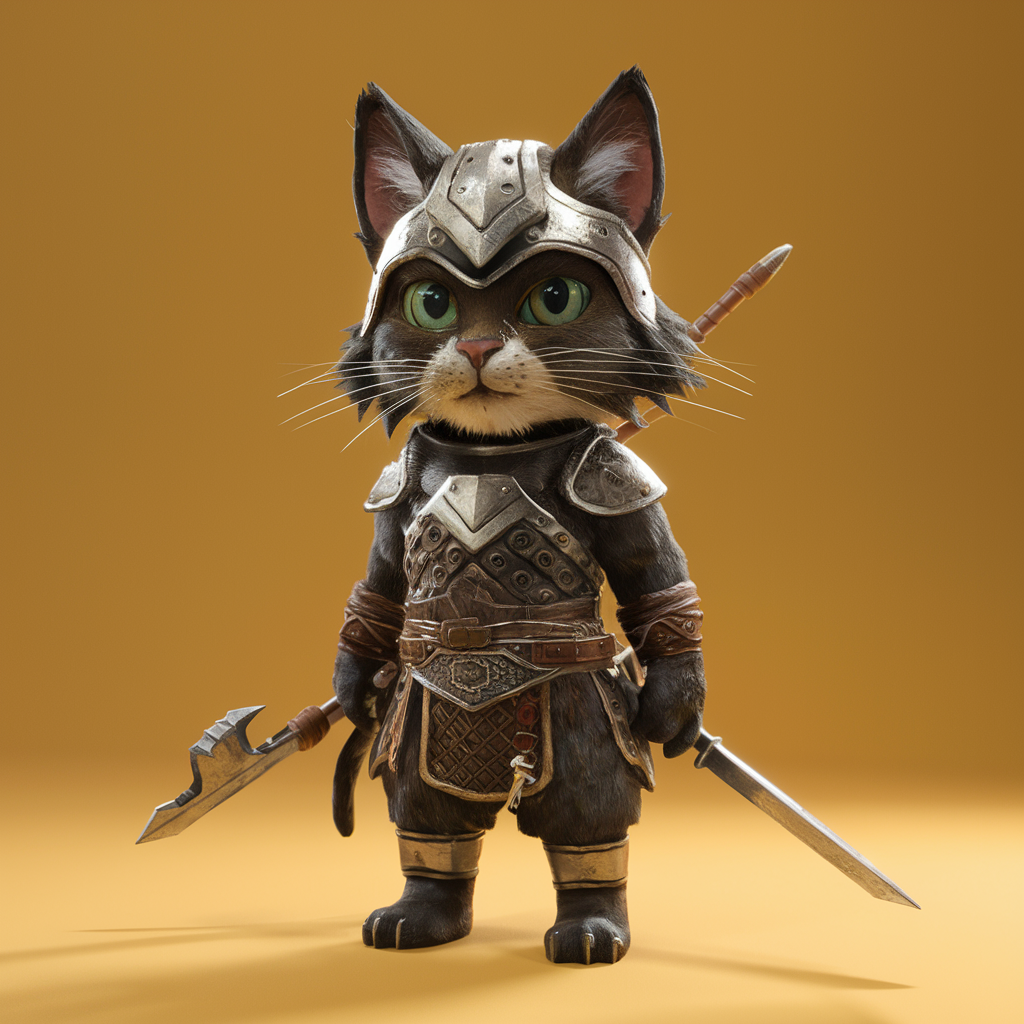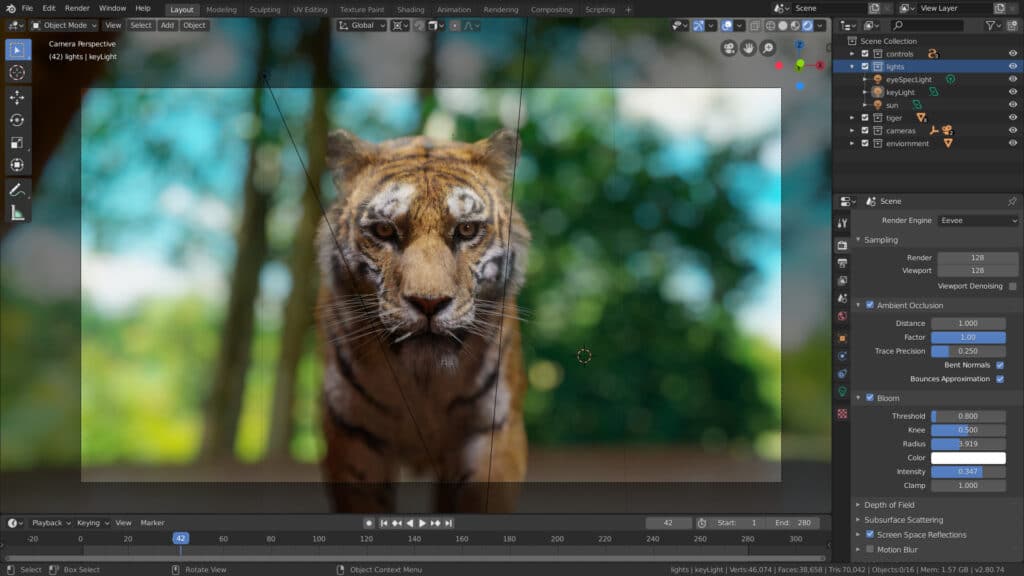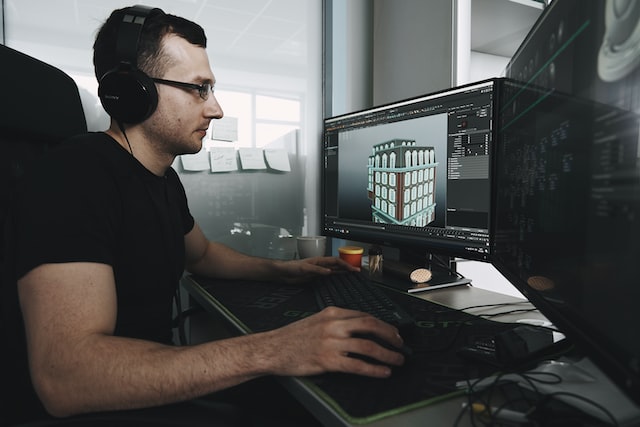Have you ever wondered why a gorgeous and lifelike 3D character might cost as much as a used car to create? Welcome to the world of 3D modeling pricing for game development!
Whether you’re a starting indie developer or part of a larger studio, understanding the costs associated with bringing your digital vision to life is essential.
In this article, we’re going to dive deep into the price of 3D modeling for games. We’ll kick things off by showing some ballpark values, then break down why 3D models can get so expensive, and finally explore the different pricing structures you’ll find.
Read also: IoT game development – key aspects and origins
Price of 3D modeling for games: ballpark values

The price of 3D modeling for games can vary widely. A simple, low-poly character might cost anywhere from $50 to $500. More complex characters with detailed textures and rigging could run from $1,000 to $5,000 or way more. Environmental assets like buildings or vehicles typically fall in the $200 to $2,000 range, and scene props can cost anything depending on their complexity.
For a small indie game, you might budget $5,000 to $20,000 for all its 3D assets. AAA games, on the other hand, often spend millions on 3D modeling alone to ensure they’re only getting top-notch models for their high-end games.
Again, these are ballpark values, rough estimates so to speak. Actual prices can differ wildly based on many factors, which we’ll see below.
Why can 3D models get so expensive?
As we’ve just mentioned, we’ve got model complexity. Think of it as building with Lego: a simple house would be akin to a low-poly model, being quick and easy to assemble. But a massive spaceship with beautiful details scattered all over its hull or perhaps its insides? Now we’re in high-poly territory, and that takes time (lots of it, really), but the results are often worth every penny.
Then, there’s textures and materials. It’s not enough to have a shape, you need to make it look real (or fantastical, depending on your game’s art style). Each texture is like a tiny painting that wraps around your model, and, the more detailed these are, the longer they take to create.
And if your model needs to look like it’s made of multiple materials (say metal, wood, and leather at the same time), that’s three different materials. The level of detail for each asset also matters a lot. Background objects might be fine, but your main characters better look great from every angle!
Now, imagine your 3D model needs to move. That’s where rigging (giving it a digital skeleton) and animation (teaching it to dance) come in. Both of these processes are time-consuming and might require a different skill set from modeling. The more complex the movements, the more they will cost you.

Technicalities aside, let’s talk a bit about your project’s scope, which also plays a massive role. Need just one hero character and some props to accompany it? That’s one thing. Need an entire army of unique enemies with some modularity or variation? Now we’re talking serious cash.
Deadlines are another factor that can drive up costs through the roof. Need it done yesterday? Better get ready to pay a premium. Rush jobs often mean overtime work or bringing on extra hands to ensure no further delays happen, and all that costs money.
How experienced your 3D modeler is can significantly affect their prices too. Newbies will charge less, but they’re likely to take longer, forgo some optimization tricks, and might not nail exactly what you want. On the other hand, a veteran can work faster and produce higher quality work, but their time and experience come at a premium.
Believe it or not, where your artist lives can affect the price. Artists in big tech hubs or countries with a higher cost of living often charge more for their services. If you look around long enough, you’ll likely find talented 3D artists in other parts of the world who can offer great work at lower rates, though timezone differences might make collaboration tough.
Lastly, there are software and hardware costs. Professional 3D modeling programs aren’t cheap and require powerful machines to run without hiccups. Artists, particularly newer ones, factor these expenses into their rates.
3D modeling pricing models and industry standards
Now that we know why the cost of 3D models is a pretty penny, let’s talk about how game studios and independent contractors pay for them. There are a few different ways this can shake out.
First up, we have hourly rates. This is pretty straightforward – you pay for the time spent on your project.
Budding artists might charge anywhere from $20 to $50 an hour, mid-level folks often ask for twice as much, and senior artists with years of experience can easily command over $100 per hour. If you’re outsourcing your 3D artwork to a professional studio with multiple 3D artists, be ready to pay even higher prices.

Mind you: these rates vary depending on where the artist lives. For example, someone based in San Francisco might charge double what a similar artist in Eastern Europe does. You might need to account for expertise, as specialists often charge more for their time.
Next, there’s project-based pricing. This is when you agree on a fixed price for the entire job upfront. It’s awesome for budgeting but requires a crystal-clear brief. You need to spell out exactly what you need, or you might end up with something requiring costly revisions.
In this model, communication is important. The more detail you can provide upfront – concept art, reference images, detailed descriptions, vibe check – the better. It helps the artist give you a precise quote and deliver a final product that better matches your vision.
Some studios explore royalty agreements, especially when working with asset marketplaces. Here, the artist creates assets that can be sold to multiple developers, and they get a cut for each sale. It’s a bit of a gamble – if said asset goes viral, the artist can make more than they would have with a flat fee. But they might end up earning less if it doesn’t sell well.
Comparing in-house vs outsourcing artists for 3D modeling
Finally, let’s talk about this decision. Many larger studios keep a team of 3D artists on staff. They’re on salary, which means consistent pay for the artists and work for the studio. It’s great for collaboration and maintaining a cohesive style across all assets as they’re usually there for long periods.
On the flip side, smaller studios or those working on one-off projects almost exclusively prefer to outsource to freelancers. This tends to be more cost-effective if you don’t need full-time 3D modelers year-round. Plus, you can bring in specialists for specific parts of your project, such as retopology (optimization).
There’s also a second outsourcing option: working with agencies. They offer a middle ground by providing a team of artists, often with a project manager to keep everything on track. This can be pricier than individual freelancers but ensures more cohesive styles and less of a headache in terms of coordination.

Conclusion
When it comes to the price of 3D modeling for games, there’s no simple answer – the costs can vary dramatically based on the various factors outlined throughout this article. Remember, a simple character might set you back a few hundred bucks, while a fully rigged, high-poly model could run into the 5-digit territory.
The best approach depends on your needs and available resources. If you’re a small studio working on your first game starting with freelancers or pre-made assets from marketplaces is usually the way to go. As you grow and develop a consistent style and workflow, bringing artists in-house could make more sense.
Whatever path you take, the key is to remain flexible and reassess your 3D modeling needs as your projects evolve. And if you need a helping hand, we at Main Leaf would be happy to offer our expertise. We are a game development studio with a proven track record and a talented team of designers, programmers, artists, and whatever else your game might need.
Let’s work together to bring your 3D models (or even your game) to life! Contact us today to understand how we can help.

